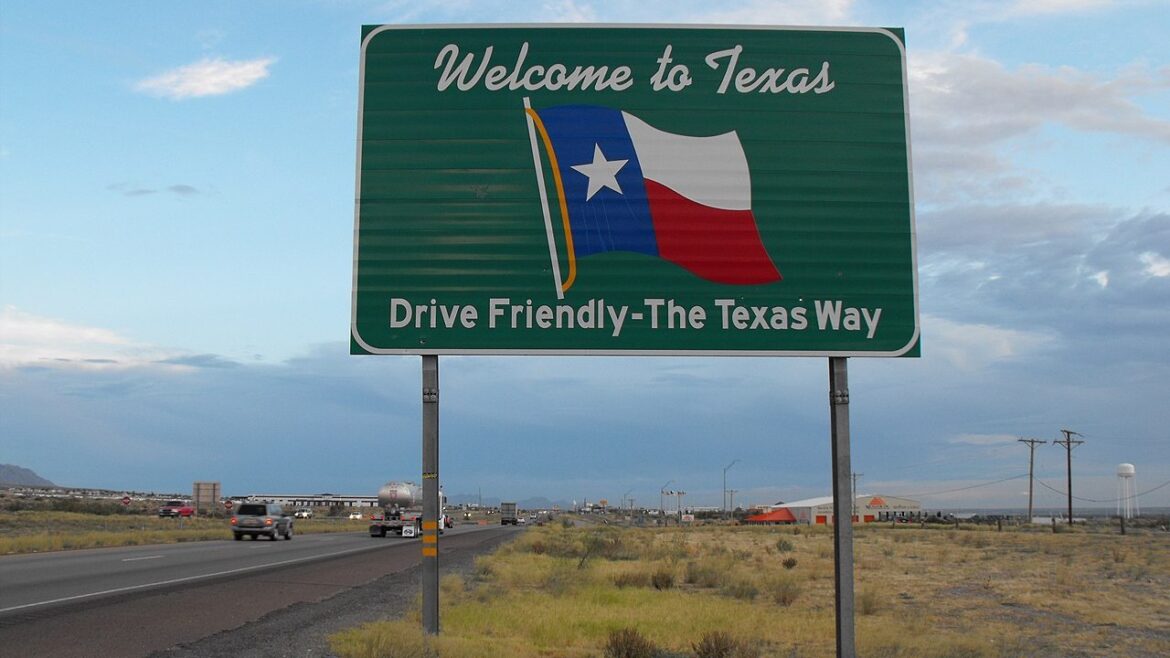The European Central Bank (ECB) is laying the groundwork to roll out its version of a central bank digital currency (CBDC).
According to the ECB’s website, the “preparation phase” for the digital euro begins in November and “builds on the findings from our investigation phase.”
You had better get ready for the world of central bank digital currencies (CBDCs) because they are coming. And they are coming fast.
According to a recent survey by the Bank for International Settlements (BIS), as many as 24 CBDCs could be in circulation by 2030.
Another state has taken action hoping to hinder the implementation of a central bank digital currency (CBDC) in the United States.
Last week, Alabama Governor Kay Ivey signed a bill into law that pushes back against CBDC in a small way that could place some roadblocks in the path toward implementing a digital dollar.
Laws recently enacted in Florida and Indiana ban the use of a central bank digital currency (CBDC) as money in those states.
On May 2, a Texas House committee passed a bill to create 100% reserve gold and silver-backed transactional currencies. Enactment of this legislation would create an option for people to conduct business in sound money, set the stage to undermine the Federal Reserve’s monopoly on money, and possibly create a viable alternative to a central bank digital currency (CBDC).
Many people are concerned about a possible move toward central bank digital currency and we’re starting to see organized pushback on the idea. But as Friday Gold Wrap host Mike Maharrey explains, a lot of people are so caught up in taking on CBDC that they’re missing the more fundamental problem with government-issued fiat currency. Paper money isn’t the solution. It is the parent of the problem.
There has been a lot of talk about central bank digital currencies (CBDCs) lately. Supporters tell you they will provide a safe, secure, convenient alternative to cash. But in this episode of the Friday Gold Wrap, host Mike Maharrey digs deeper and explains that CBDCs are actually about more government control. He also talks about how Jerome Powell talked and tanked the markets this week.
Violent protests in Nigeria reveal that getting average people to embrace central bank digital currencies (CBDCs) might be more difficult than government officials would like.
Nigerians recently took to the streets to protest a cash shortage caused by government policies adopted in order to push the country into the adoption of its central bank digital currency (CBDC).
Protesters attacked bank ATMs and blocked streets, and demonstrations turned violent in some cities.
There has been a lot of talk about central bank digital currencies (CBDCs). The powers that be sell CBDCs on the promise of convenience and security. But in reality, they are part of a broader “war on cash” and a push to give governments even more control and power over you and me. Digital currencies could allow governments to track and even control everybody’s spending.
But some state legislators are pushing back against CBDCs and working to implement laws to protect people in their state from this excessive federal government control.
Last month, the New York Fed launched a pilot program for a “digital dollar.” Could this be the first step toward monetary totalitarianism?








